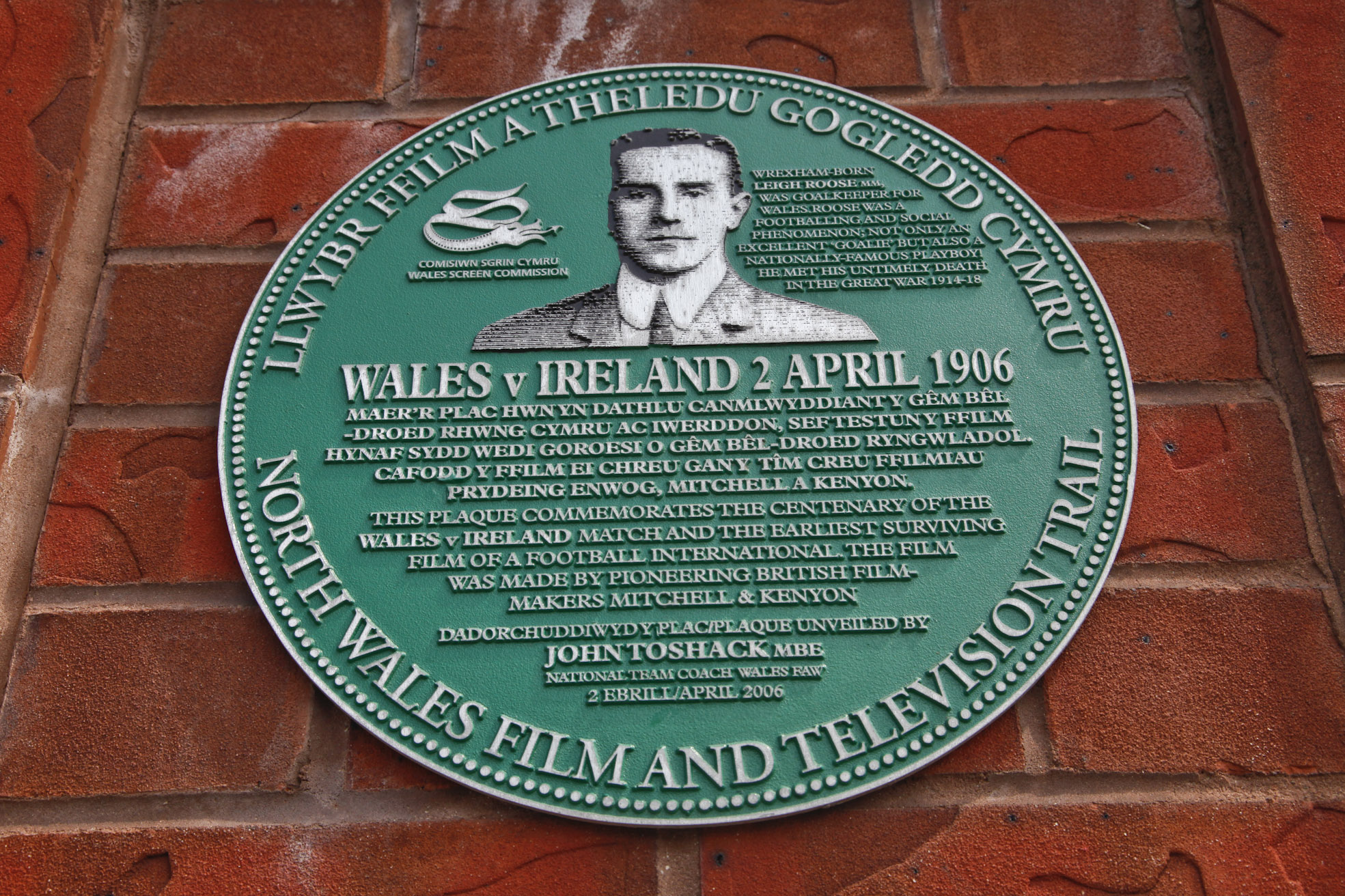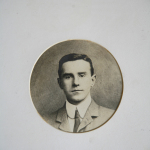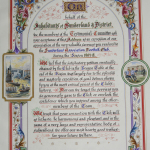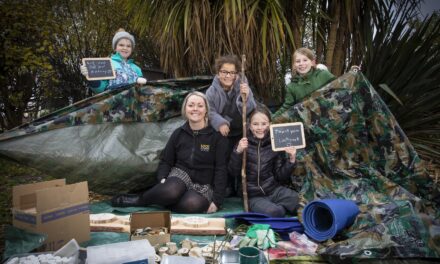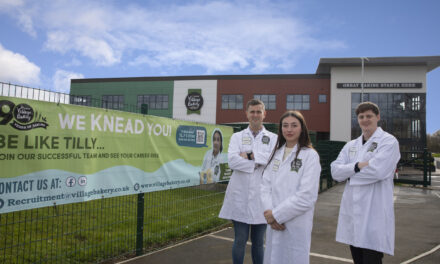The story of the world’s first superstar footballer and Wrexham’s unique place in international football will feature in an art work by patriotic school children.
The project with pupils of two Wrexham schools has been organised by the town’s Eagles Meadow shopping centre to show support for the Wales football team as they prepare for the Euro 2016 championships.
Professional artists from community arts specialists Faceless Arts will be working with the youngsters at Alexandra Community Primary School and St Giles VC Church in Wales Primary to create a giant, Euros-themed collage which will go on show at the shopping centre.
As part of the celebrations, a free flag making workshop is being organised at Eagles Meadow between 11am and 4pm on Thursday, June 2.
The aim is to show support for the Welsh team and the collage will also commemorate an historic match at the Racecourse 110 years ago which also featured the goalkeeper Leigh Roose, the prototype for today’s celebrity footballers.
Roose, who was born and raised in Holt, near Wrexham, played for Wales against Ireland on April 2, 1906, when the game was the subject of the first surviving film of an international match.
The silent black and white film, which lasts for 2 minutes 10 seconds, is now lodged for safe keeping with the National Screen and Sound Archive of Wales, in Aberystwyth.
It was, by all accounts, an eventful match during which the ball burst just before half time.
A newspaper report at the time revealed that “the weather delightfully fine and the ground in perfect order.”
The game, which ended in a 4-4 draw, was watched by a crowd of between 5,000 and 6,000 fans.
Roose won a total of 24 caps for Wales and played for Everton, Sunderland and Stoke City.
Sunderland had wanted to lay on a testimonial match for Roose but they weren’t allowed to do that because he was an amateur.
Instead, he was presented with a magnificent illuminated address on behalf of all the people of Sunderland saying how much the appreciated his contribution.
Eagles Meadow manager Kevin Critchley said: “Wrexham is the birthplace of football in Wales. The Welsh FA was set up here,
“It has always been and always will be a football-mad town and it is right and proper we remember the important part Wrexham has played in the history of world football, along with the story of the remarkable Leigh Roose.
“The high point for the Welsh team was reaching the World Cup finals in 1958 when another legend, John Charles, was the star – but the national team has underperformed since those heady days.
“Wales has now finally reached the finals of another international story when we’ll all be backing Chris Coleman’s boys to bring us glory.
“I am sure the whole town will be getting behind the Welsh team and this art project is our way at Eagles Meadow of showing support with the help of the artistic pupils at St Giles’ and Alexandra schools.
“The design will come together during workshops in the schools over two days using vinyl collage.
“The designs will be bold and simple so that they can be readable from a distance and I am sure the end product will be a work of art that the children will be proud of and it will go on display at Eagles Meadow for the duration of the Euros.
“The free flag-making workshop for children on June 2 promises to be a lot of fun. With all the materials they need at hand, children can craft their own Welsh flag to support their team during the Euros
“Meanwhile, the collage will feature an inscription about the Racecourse hosting the match which was the subject of the first surviving film of an international match and will commemorate Leigh Roose, 100 years on from his death in the brutal trenches of the First World War.”
A decade earlier Roose’s star was still in the ascendant, with his dashing good looks and mischievous charm making him a big favourite with the ladies in Edwardian London.
In 1905, when the Daily Mail published a world XI to play another planet at football he was the undisputed choice for the goalkeeper’s jersey. The paper also described him as London’s most eligible bachelor.
That same year he was in the top 10 list of the most recognizable faces and among his many female admirers was the music hall superstar Marie Lloyd.
One of his best friends was another all-time Welsh footballing great, Billy Meredith.
The wing wizard, who came from Chirk, described Roose as “the prince of goalkeepers.”
But his life was tragically cut short when he died in the trenches on the Somme during the First World War.
Roose’s star was still in the ascendant when he played in a historic match between Wales and Ireland at the Racecourse Ground in Wrexham on April 2, 1906.
It was captured for posterity by the film pioneers, Mitchell and Kenyon, in the first surviving film of an international football game.
A plaque to commemorate the match was unveiled at the Racecourse in 2006 by the then Wales team manager and Liverpool legend John Toshack.
Top sportswriter Spencer Vignes has written Roose’s biography, Lost in France.
He said: “Leigh was the most famous footballer of his generation. He was the prototype for the modern-day goalkeeper. Up until he came along, goalkeepers were seen as more or less cannon fodder by opposition forwards.
“There was a technique called rushing goalkeepers where one guy would run at the goalkeeper and knock him down flat and another guy would put the ball into the empty net.
“He was the first guy to fight fire with fire by giving as good as he got and off the back of that he devised his own way of playing the game which was a cross between rugby and football.
“He would talk to the crowd and he was a fantastic gymnast so he would often perform acrobatics on the cross bar when the ball was at the other end.
“You can’t believe half the things that he got up to. He was popular with his team mates and very popular with the ladies – he was like a Boys’ Own character.”

